In American homes across the country, the gentle hiss of a ball python or the deliberate movements of a bearded dragon are becoming increasingly common sounds and sights. The exotic reptile pet industry has experienced remarkable growth over the past decade, with more Americans than ever choosing to welcome these cold-blooded companions into their lives. This surge isn’t merely a passing trend but reflects deeper shifts in American lifestyle preferences, housing situations, and even our relationship with the natural world. From specialized reptile expos drawing thousands of enthusiasts to dedicated social media communities with millions of followers, the reptile-keeping hobby has evolved from a niche interest to a mainstream pet choice. This article explores the multifaceted reasons behind this reptilian revolution in American homes and what it means for pet owners, the animals themselves, and wildlife conservation efforts.
The Apartment-Friendly Appeal of Reptiles
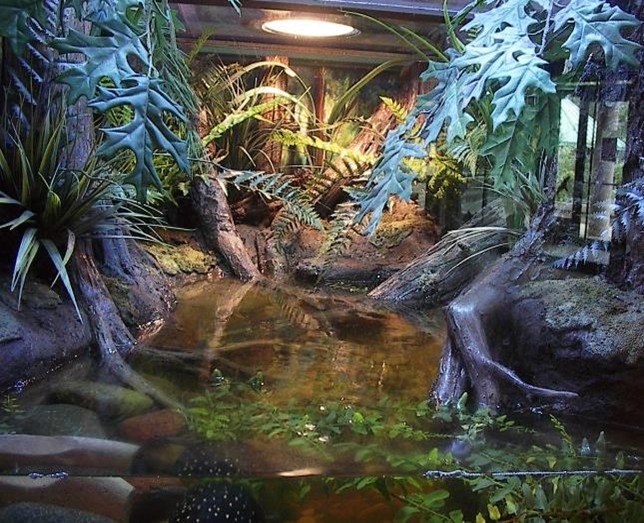
As more Americans live in apartments and smaller homes, reptiles offer a practical pet solution that fits modern living constraints. Unlike dogs that need yards to run in or daily walks, most reptile species require relatively compact enclosures that can fit comfortably in limited spaces. Their silent nature means no barking to disturb neighbors in close-quarter living situations, making them ideal for those in condominiums or dense urban settings. Additionally, reptiles don’t produce dander like furry pets, making them suitable for people with allergies who still desire animal companionship. For young professionals and urban dwellers, the ability to have a fascinating pet without compromising their living situation presents an attractive option that traditional pets simply cannot match.
Low-Maintenance Pet Ownership
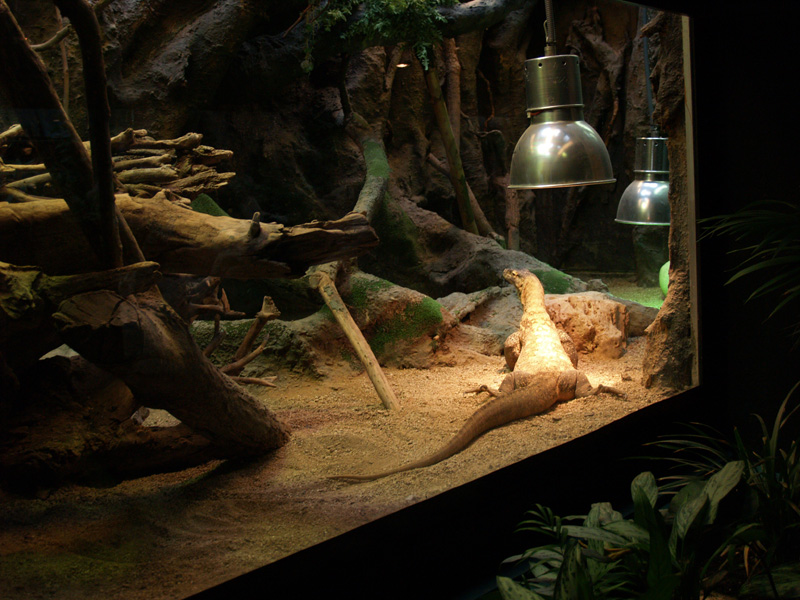
The busy, often unpredictable schedules of modern life have made reptiles particularly appealing to time-constrained pet owners. Unlike dogs that require multiple daily walks or cats that need regular attention, many reptile species thrive with minimal handling and can be left alone for days with proper setup. Most reptiles eat infrequently—some snakes only need feeding once every week or two—creating a manageable care routine for those with demanding careers or travel requirements. Their enclosures typically need cleaning less frequently than mammalian pets, often just once weekly or biweekly depending on the species. This relatively hands-off approach to pet ownership allows people to experience the joys of keeping an animal while accommodating hectic lifestyles that might make caring for more time-intensive pets impractical.
Hypoallergenic Benefits for Sensitive Owners
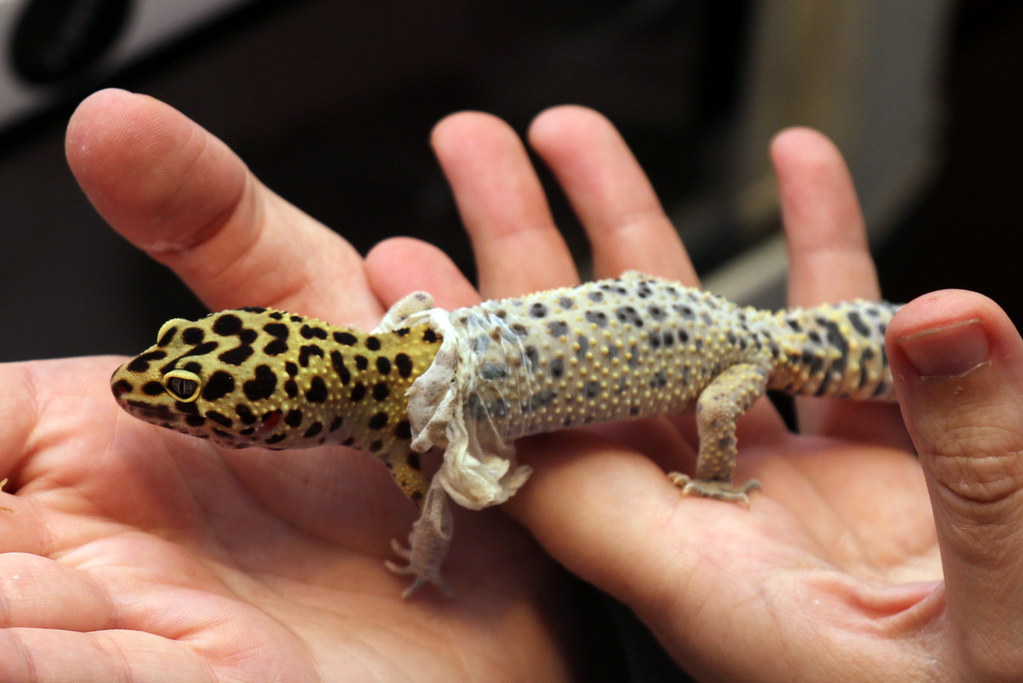
For the estimated 15-30% of Americans who suffer from pet allergies, reptiles represent a viable pathway to pet ownership without the accompanying sneezing, wheezing, and itchy eyes. The allergic reactions typically triggered by mammalian dander, saliva, and urine are non-issues with reptiles, who produce none of these common allergens. Their scaly skin doesn’t shed microscopic particles into the air like fur does, creating a home environment that remains allergen-free despite housing a pet. Families who previously thought pet ownership was impossible due to allergic members now find that reptiles allow them to experience the benefits of animal companionship without health consequences. This hypoallergenic quality has opened up pet ownership to an entirely new demographic who had previously resigned themselves to pet-free homes.
The Influence of Social Media and Reptile Communities
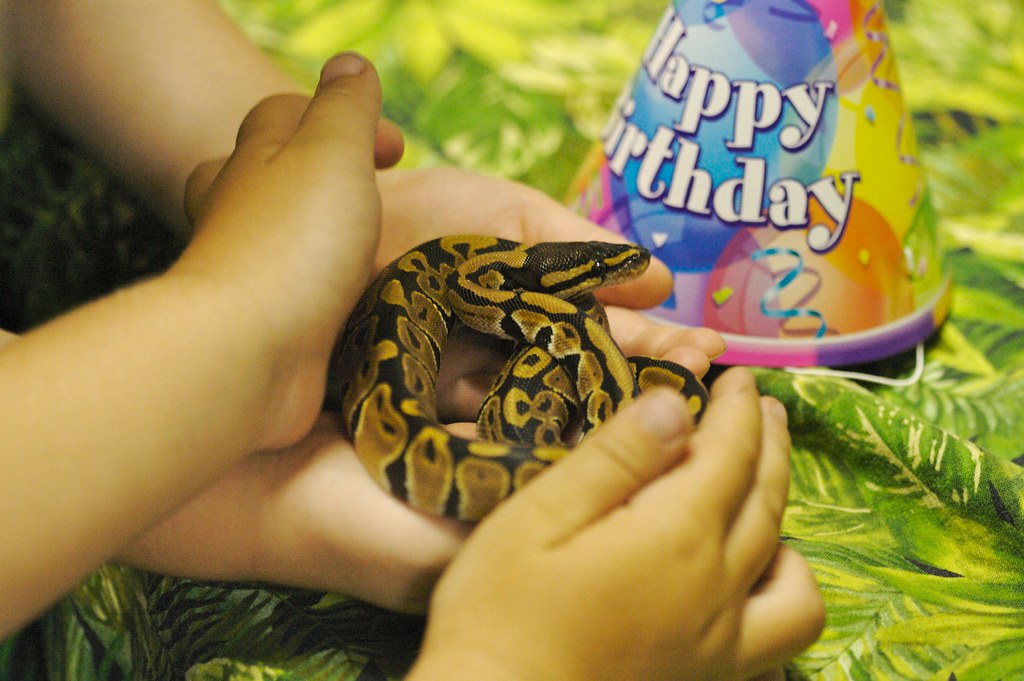
The explosion of reptile-focused content creators across YouTube, Instagram, and TikTok has dramatically increased the visibility and appeal of exotic reptile keeping. Accounts featuring charismatic reptiles can amass millions of followers, with videos showing the personalities and behaviors of these animals breaking down stereotypes about them being “cold” or “unresponsive” pets. Online communities dedicated to specific species create supportive environments where beginners can learn from experienced keepers, making the hobby more accessible than ever before. These digital platforms have also showcased the diversity of available reptile species, from vibrant morphs of ball pythons to the expressive faces of crested geckos, captivating potential owners who might never have considered a reptile pet otherwise. The normalization of reptile keeping through these channels has perhaps done more to mainstream the hobby than any other factor in recent years.
Economic Factors: Comparative Affordability
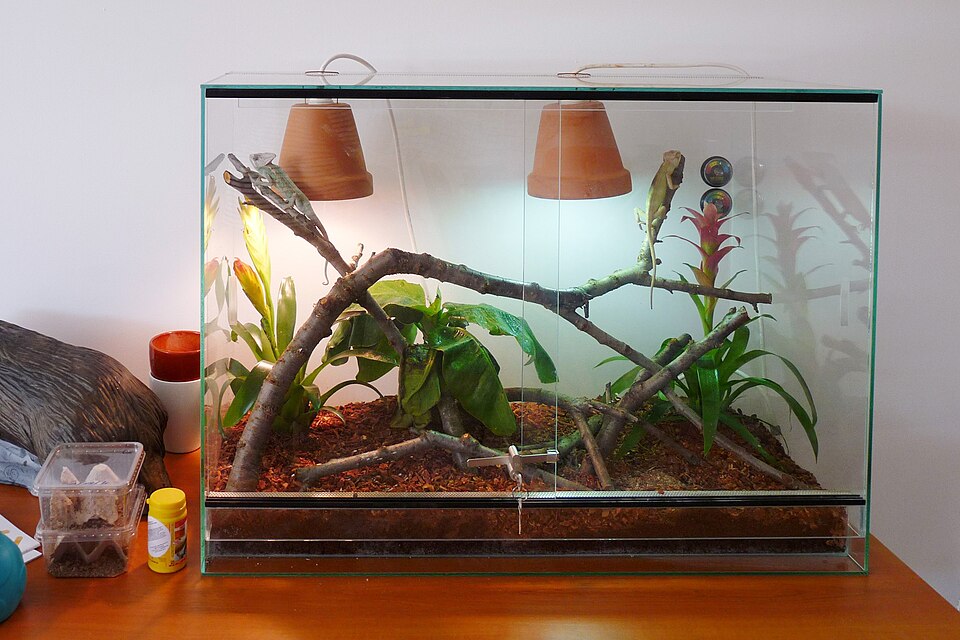
The lifetime cost of keeping reptiles often compares favorably to traditional pet ownership, making them financially accessible to a broader range of potential owners. While the initial setup costs for proper enclosures, heating, and lighting can be substantial, the ongoing expenses tend to be significantly lower than those associated with cats or dogs. Many reptile species consume inexpensive food sources—crickets, mealworms, or frozen rodents—that cost a fraction of premium dog or cat food over time. Veterinary care, though specialized, is typically needed less frequently as reptiles don’t require vaccinations, regular dental work, or preventative medications that drive up the cost of mammalian pet care. For budget-conscious pet enthusiasts, particularly younger generations facing economic uncertainties, the controlled and predictable expenses of reptile keeping present an attractive alternative to the sometimes unpredictable costs of traditional pet ownership.
The Unique Aesthetic Appeal
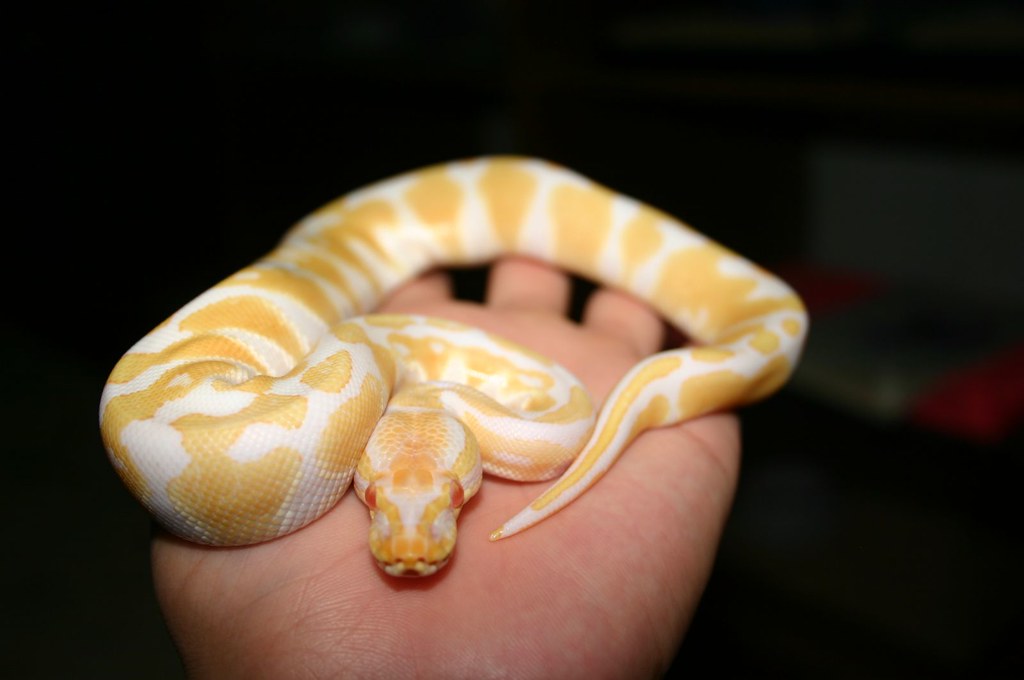
There’s an undeniable aesthetic fascination with reptiles that draws many people to ownership—their ancient appearance connects us to prehistoric times in a way no other pet can. The visual diversity within the reptile world is staggering, from the jewel-like iridescence of certain python morphs to the almost alien appearance of chameleons with their independently moving eyes and color-changing abilities. Specialized breeding has produced animals with stunning color variations that weren’t available to the average keeper even a decade ago, turning some reptiles into living works of art. For many owners, the enclosure itself becomes a creative outlet, with elaborate bioactive setups mimicking natural habitats that serve as both home for the animal and visual centerpiece in living spaces. This combination of fascinating animal and creative habitat design appeals particularly to those seeking something visually distinctive and conversation-starting in their homes.
Longer Lifespans and Commitment Flexibility
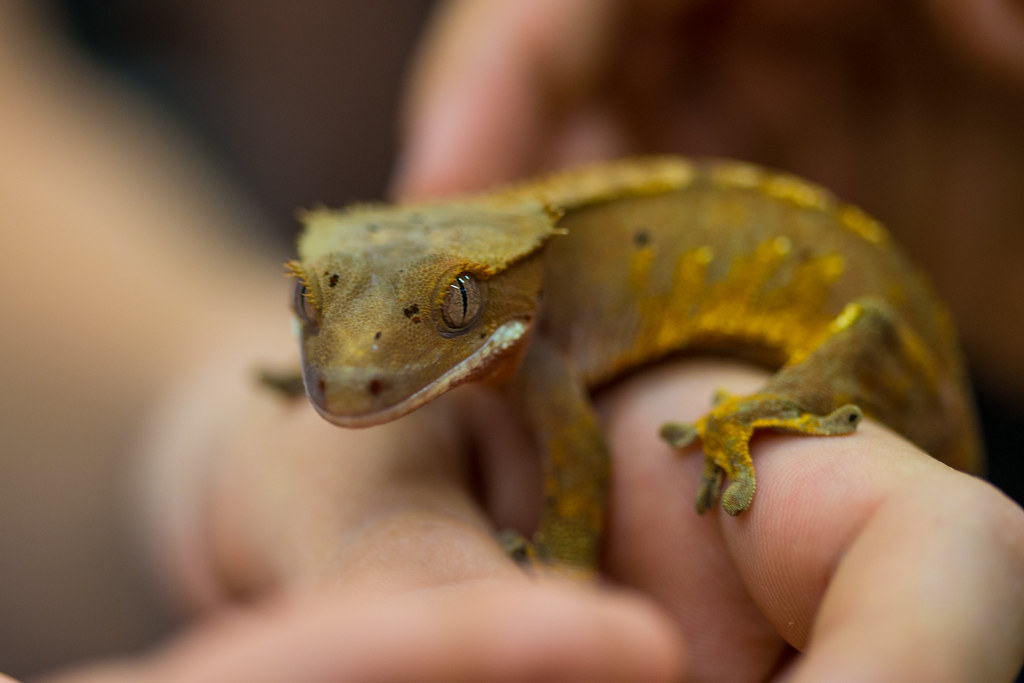
The varying lifespans within the reptile world offer prospective owners the ability to choose a pet commitment timeline that matches their life circumstances. Small species like house geckos might live 5-8 years, offering a shorter commitment for those uncertain about long-term pet ownership or with changing life situations. On the opposite end of the spectrum, tortoises and certain large lizards can live for decades, providing lifelong companionship for those seeking a pet that will remain with them through life’s various chapters. This range of commitment timeframes allows people to thoughtfully select a species that aligns with their future plans in a way that traditional pets with more standardized lifespans cannot offer. Many young adults, unsure about where life might take them in the coming decades, appreciate being able to choose a pet with a lifespan that matches their foreseeable future rather than defaulting to a 15-year commitment.
Educational Value and STEM Interest
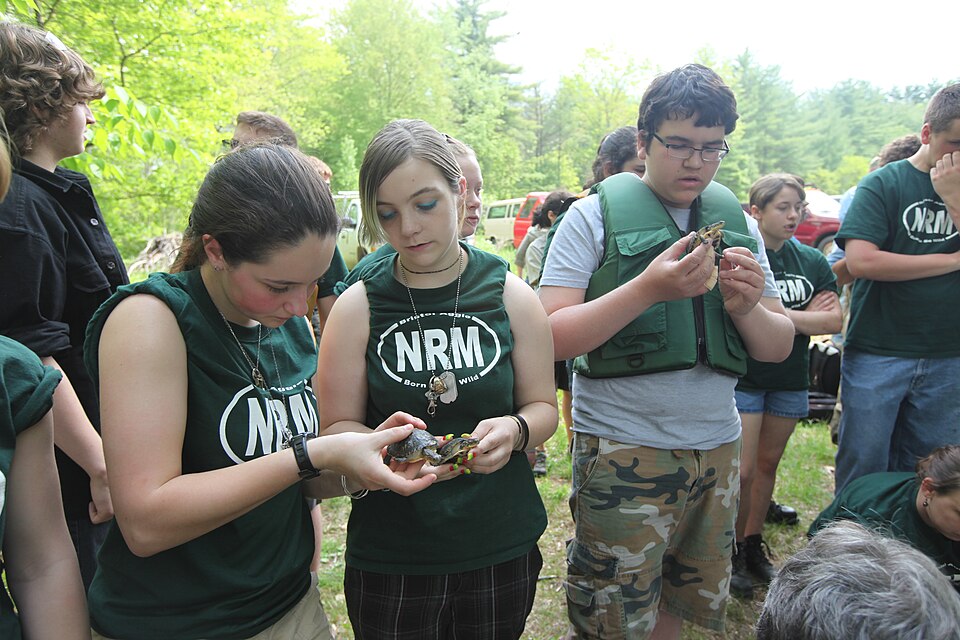
Reptile keeping has found particular favor among parents and educators who recognize its potential to spark scientific curiosity in children and teenagers. Caring for these animals involves understanding concepts like thermoregulation, habitat requirements, and evolutionary adaptations—all accessible entry points to broader biological and ecological principles. Many schools have incorporated classroom reptiles specifically because they create tangible connections to science curriculum topics like adaptation, ecology, and animal behavior. For children with science, technology, engineering, and mathematics (STEM) interests, reptile keeping provides hands-on experience with creating and maintaining specialized environments, measuring and monitoring conditions, and observing cause-and-effect relationships in living systems. This educational dimension adds a layer of parental approval to reptile keeping that helps explain its growing popularity in family settings, where pets are increasingly expected to offer more than just companionship.
Breeding and Investment Potential
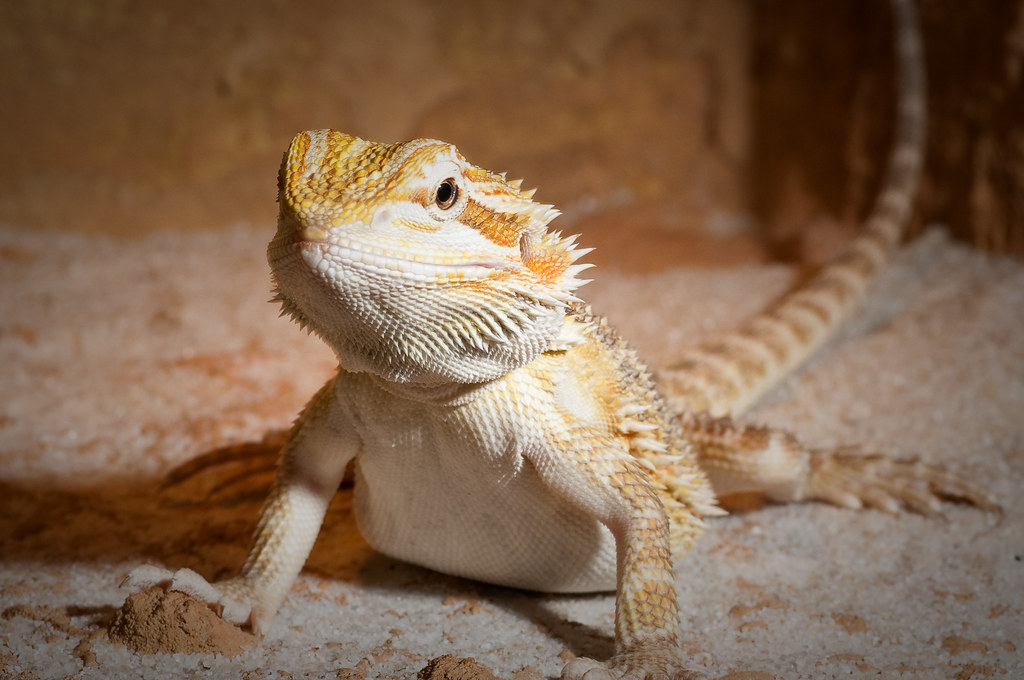
For some owners, reptiles represent not just pets but potential small business opportunities through breeding programs. Certain morphs of popular species like ball pythons, leopard geckos, and bearded dragons can command impressive prices, with particularly rare combinations selling for thousands of dollars. This investment angle attracts people who might otherwise not consider reptile ownership but are drawn to the possibility of turning their hobby into a self-funding or even profitable venture. The relatively straightforward breeding of many reptile species compared to mammals—no need for spaying/neutering, simpler habitat requirements for offspring, and often larger clutch sizes—makes small-scale breeding accessible to dedicated hobbyists. Online marketplaces and reptile expos provide ready venues for selling offspring, creating a complete ecosystem for hobby breeders that requires relatively modest space compared to breeding mammals of similar value. This economic dimension adds a practical appeal that brings in enthusiasts who appreciate both the animals themselves and the potential financial return.
Conservation Awareness Through Ownership
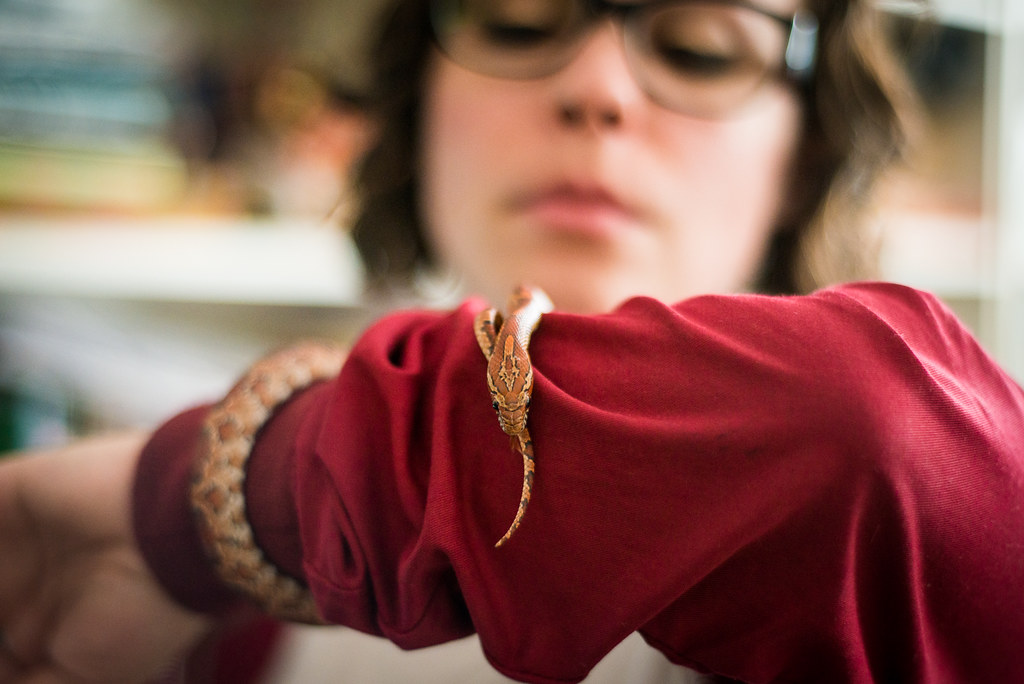
Perhaps counterintuitively, reptile keeping often leads to increased conservation awareness and action among owners who develop deeper appreciation for these often misunderstood animals. As keepers learn about their pets’ natural habitats and the challenges wild populations face, many become advocates for conservation initiatives both locally and globally. Organizations like the International Reptile Conservation Foundation have found strong support bases among private reptile keepers, who often contribute financially to habitat preservation efforts. Many responsible breeders participate in assurance colonies for threatened species, helping maintain genetic diversity in captivity while wild population challenges are addressed. The emotional connection formed with captive reptiles frequently translates into concrete conservation actions, from supporting legislation protecting wild populations to participating in citizen science projects monitoring local reptile species. This conservation consciousness represents an important positive outcome of the increased popularity of reptile keeping in the United States.
The Pandemic’s Accelerating Effect
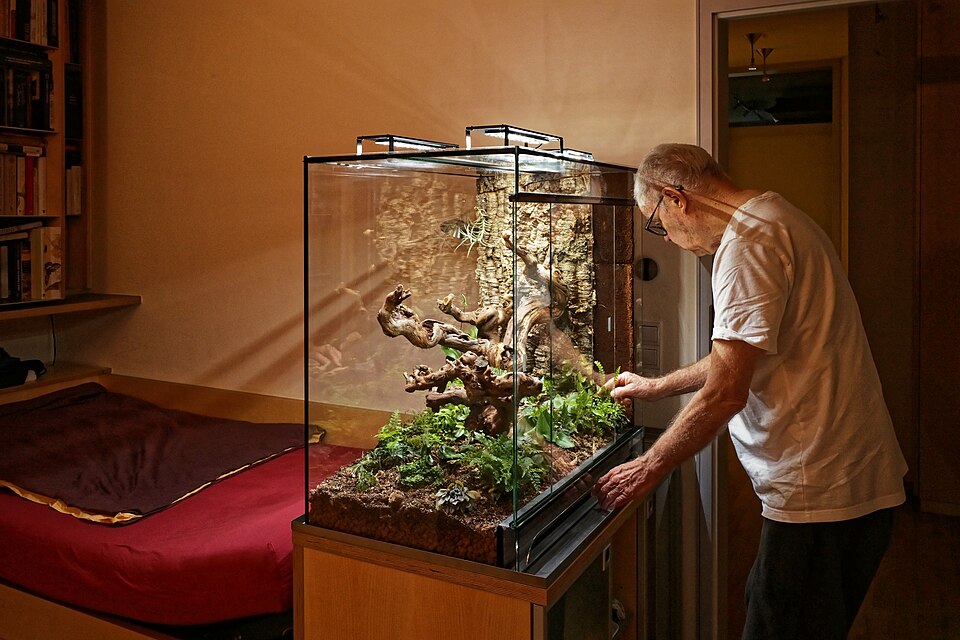
The COVID-19 pandemic created a perfect storm of conditions that accelerated the already-growing trend of reptile ownership across America. With more people confined to their homes, the appeal of pets that thrive in enclosures rather than requiring outdoor activity became immediately apparent to many first-time pet owners. The widespread transition to remote work eliminated concerns about leaving pets alone during long workdays, making reptile care more feasible for previously busy professionals. Simultaneously, many Americans sought new hobbies and interests during lockdowns, with the detailed world of reptile keeping providing the perfect combination of learning curve and reward. Reptile breeders and pet stores reported unprecedented demand during 2020-2021, with some popular species becoming difficult to find as waiting lists grew longer. While some pandemic pet purchases were impulsive across all animal categories, the relatively lower maintenance requirements of reptiles meant they were less likely to be surrendered when life returned to normal compared to more demanding pets acquired during the same period.
Ethical Considerations and Industry Evolution
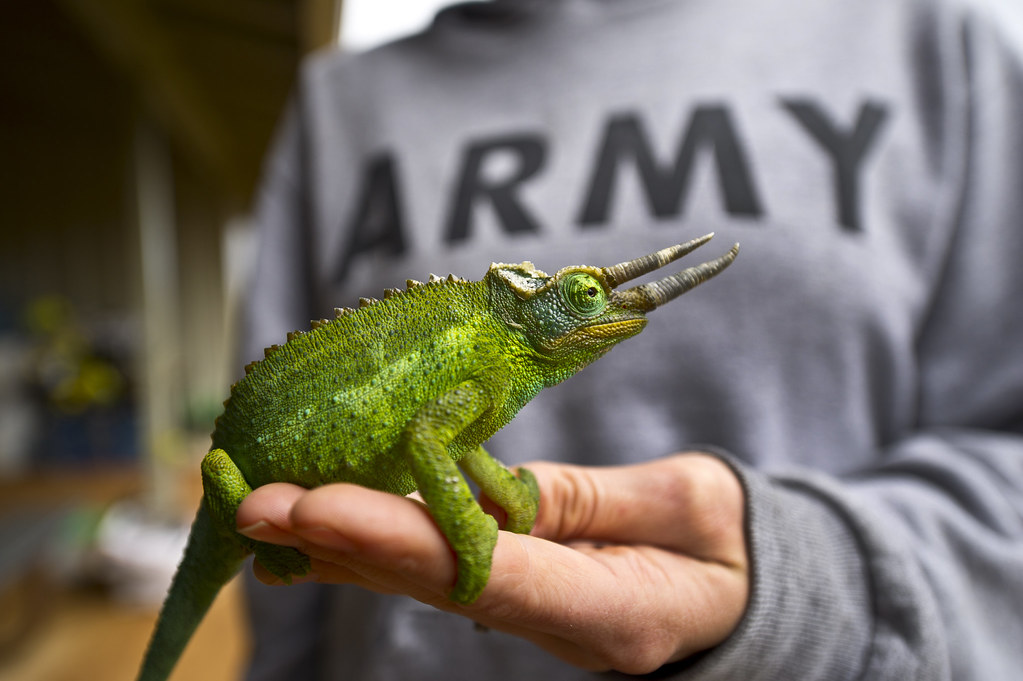
The growth in reptile keeping has been accompanied by important evolutions in ethics and animal welfare standards within the hobby. Modern reptile keepers increasingly emphasize naturalistic enclosures, proper lighting spectrums, and species-appropriate temperatures—a dramatic improvement from the minimalist care approaches common decades ago. Industry organizations like the United States Association of Reptile Keepers (USARK) have developed comprehensive care standards that have raised the baseline for acceptable husbandry practices. Responsible breeders now often provide detailed care guides, ongoing support, and even take back animals if owners can no longer care for them, creating a more ethical ecosystem around reptile acquisition. The community has also become more self-policing regarding wild-caught specimens, with captive-bred animals strongly preferred for their better health, easier adjustment to captivity, and reduced impact on wild populations. This ethical evolution has made reptile keeping more palatable to environmentally and welfare-conscious Americans who might previously have had reservations about the hobby.
Challenges and Future Outlook
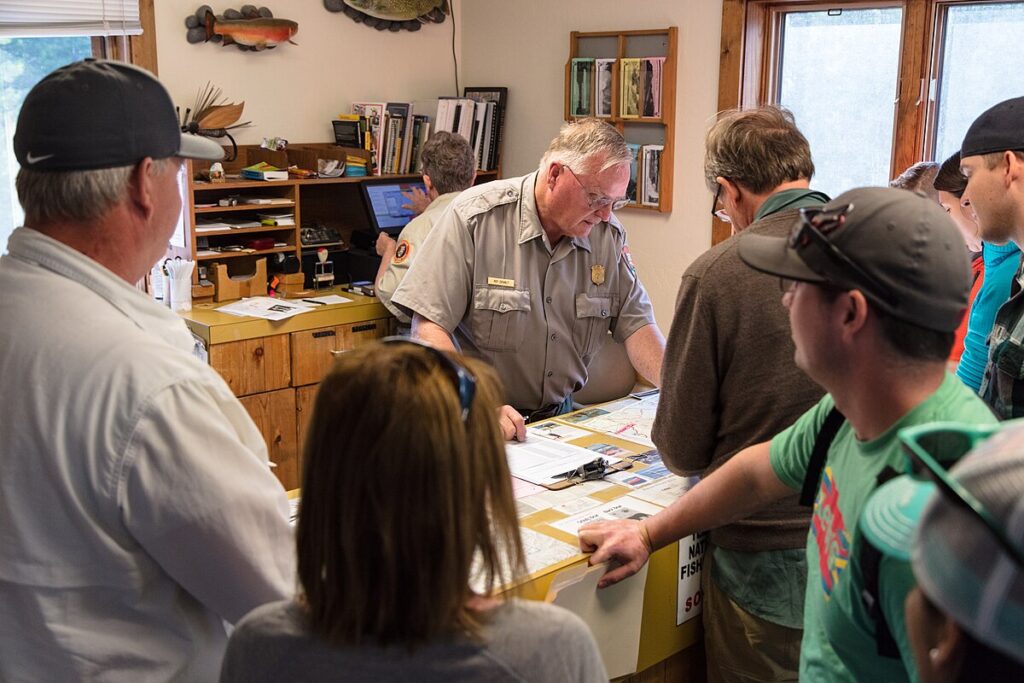
Despite its growth, the exotic reptile hobby faces significant challenges that will shape its future trajectory in American homes. Regulatory concerns remain prominent, with some states and municipalities implementing or considering restrictions on certain species due to invasive species risks or public safety concerns. The industry continues working to address welfare issues, particularly regarding high-volume commercial breeding operations that may prioritize production over individual animal welfare. Zoonotic disease transmission, while rare with proper hygiene, remains a public health consideration that influences both regulation and public perception. Looking forward, the reptile keeping hobby is likely to continue growing but with increased emphasis on responsible ownership, improved care standards, and greater focus on captive breeding programs that reduce pressure on wild populations. The most successful segments of the industry will likely be those that embrace transparency, education, and conservation partnerships while working cooperatively with regulatory bodies to address legitimate concerns without overly restricting responsible ownership.
The rising popularity of exotic reptiles as pets in the United States reflects a complex interplay of practical considerations, changing lifestyles, and evolving attitudes toward these fascinating animals. As Americans adapt to smaller living spaces, busier schedules, and greater environmental awareness, reptiles offer solutions that traditional pets sometimes cannot. While challenges remain regarding regulation, welfare standards, and public education, the trend toward reptile keeping appears likely to continue its upward trajectory. The hobby has matured considerably, with improved care standards, stronger conservation connections, and a more responsible community guiding its development. For many Americans, these scaly companions provide not just the joy of pet ownership but connections to nature, science education opportunities, and even conservation engagement that enrich both human and reptile lives alike.
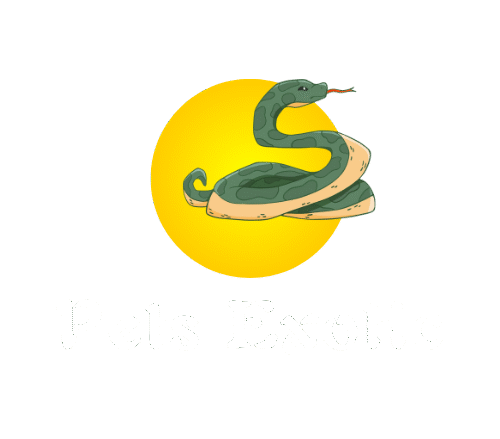
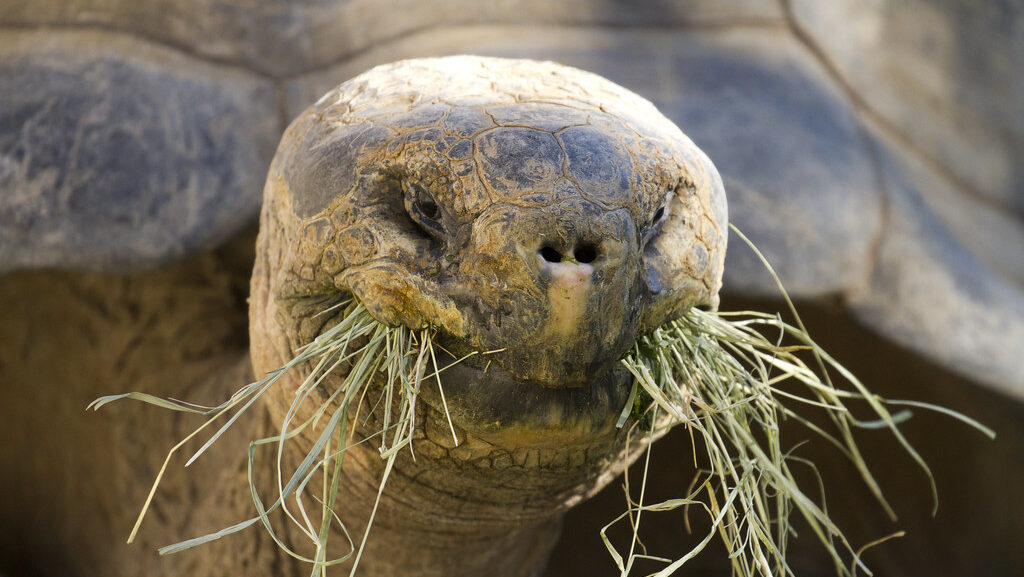

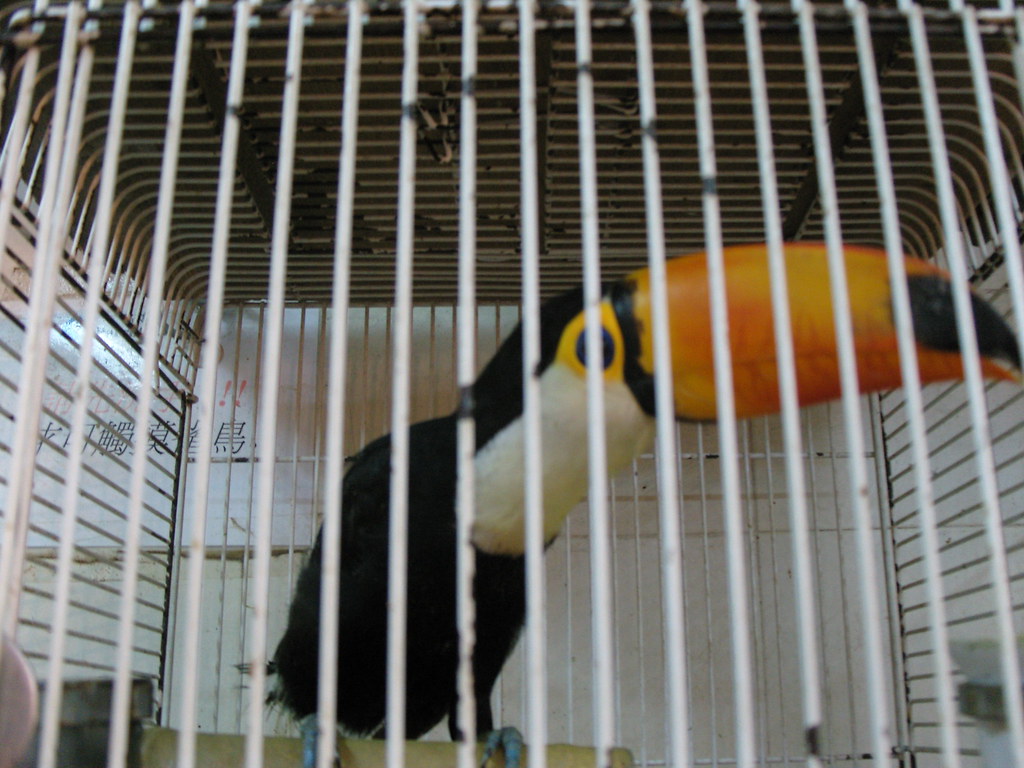
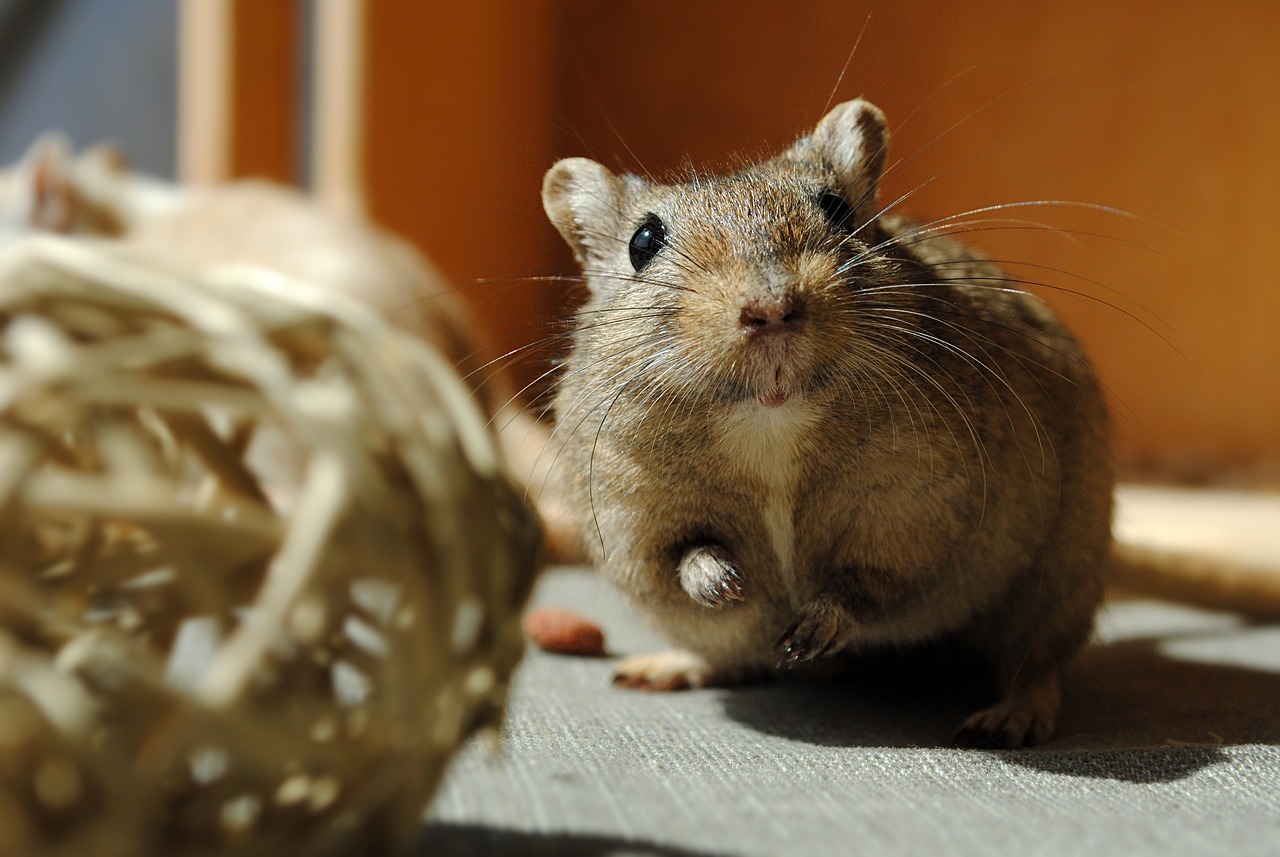
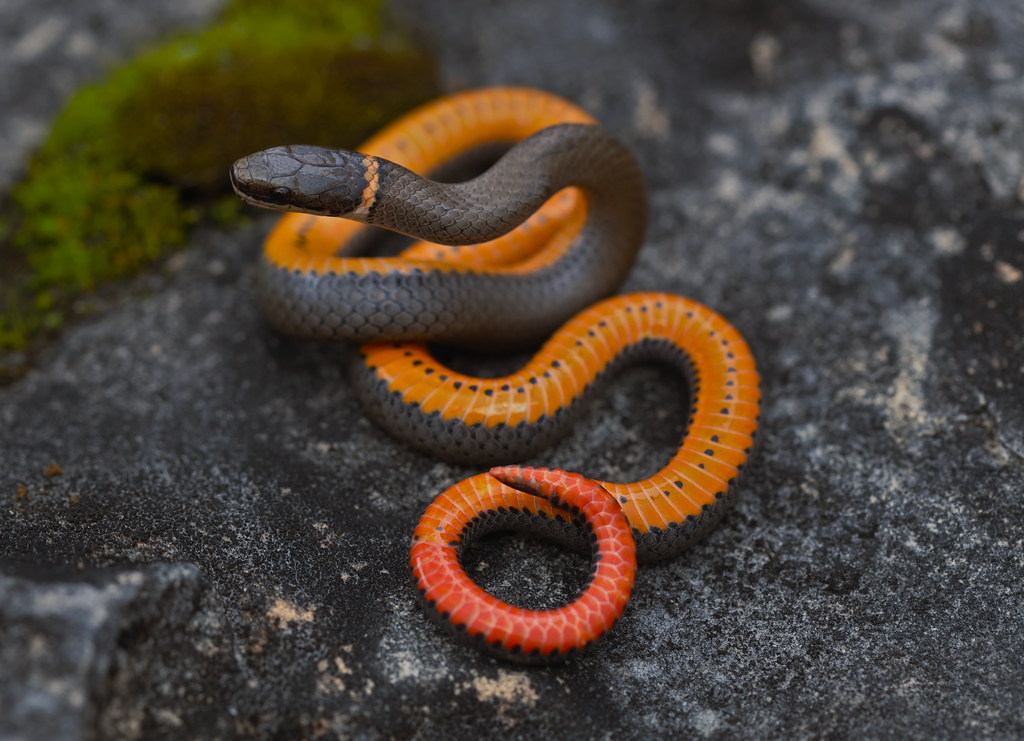
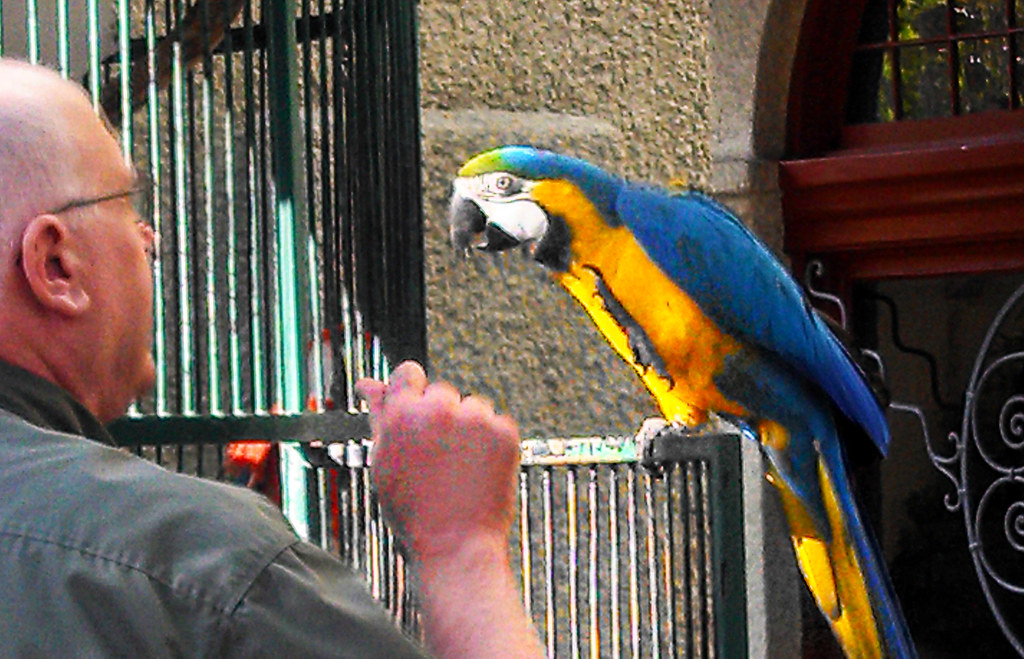
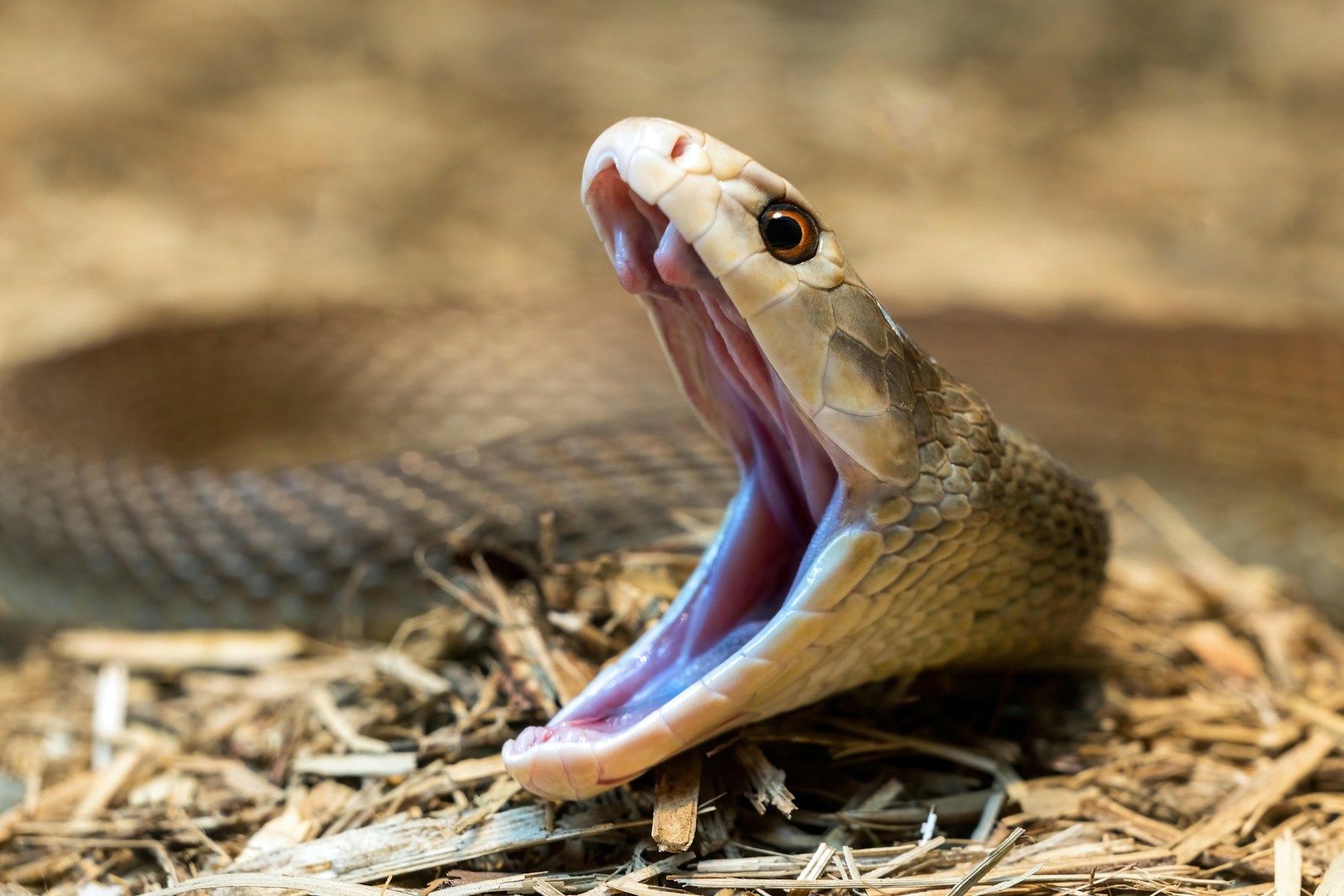
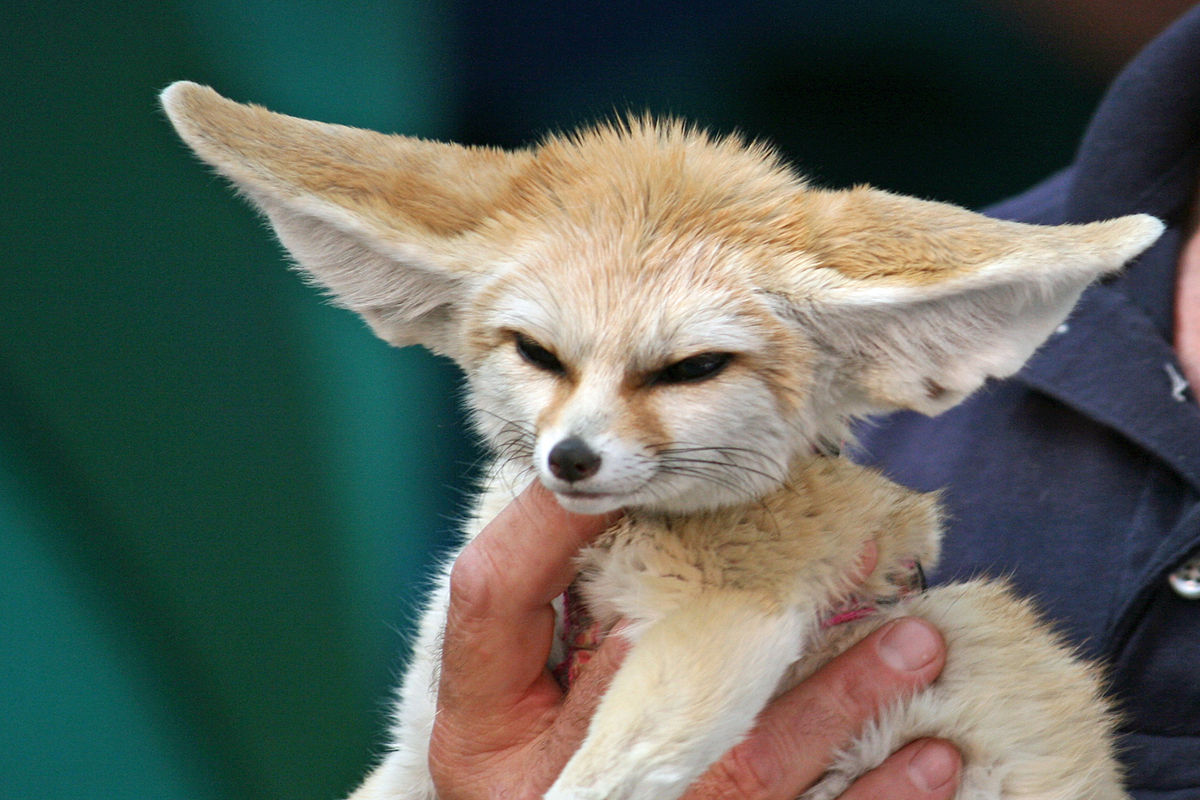
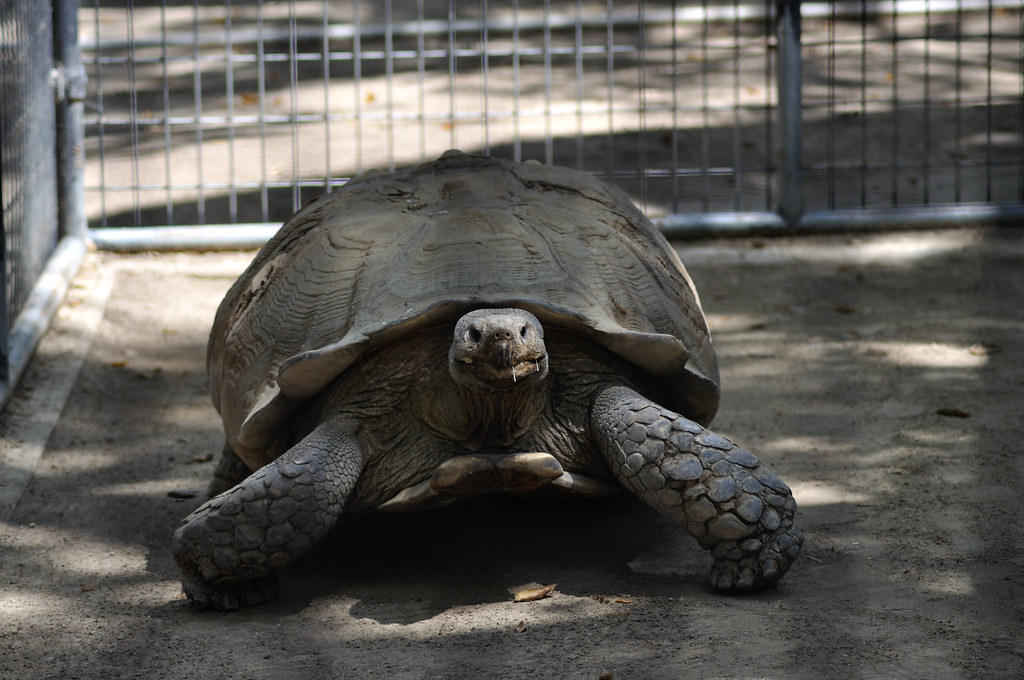
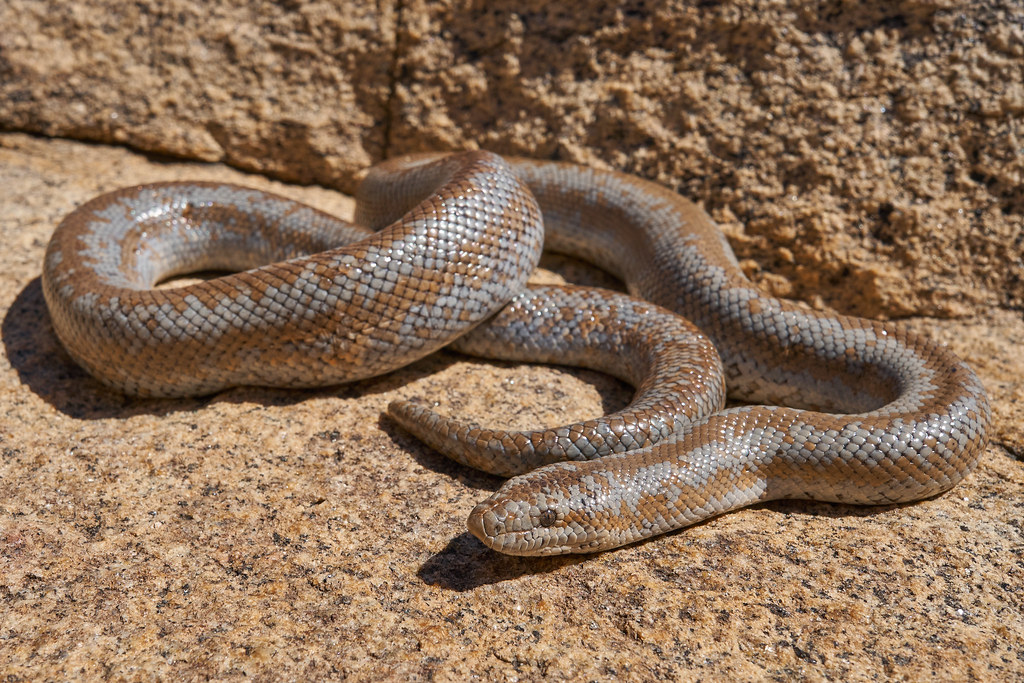
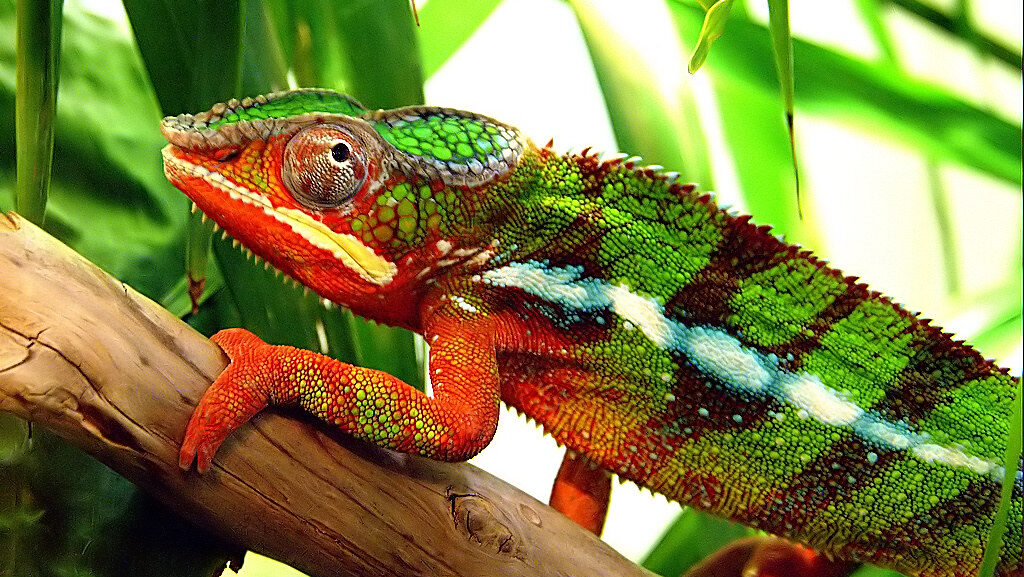
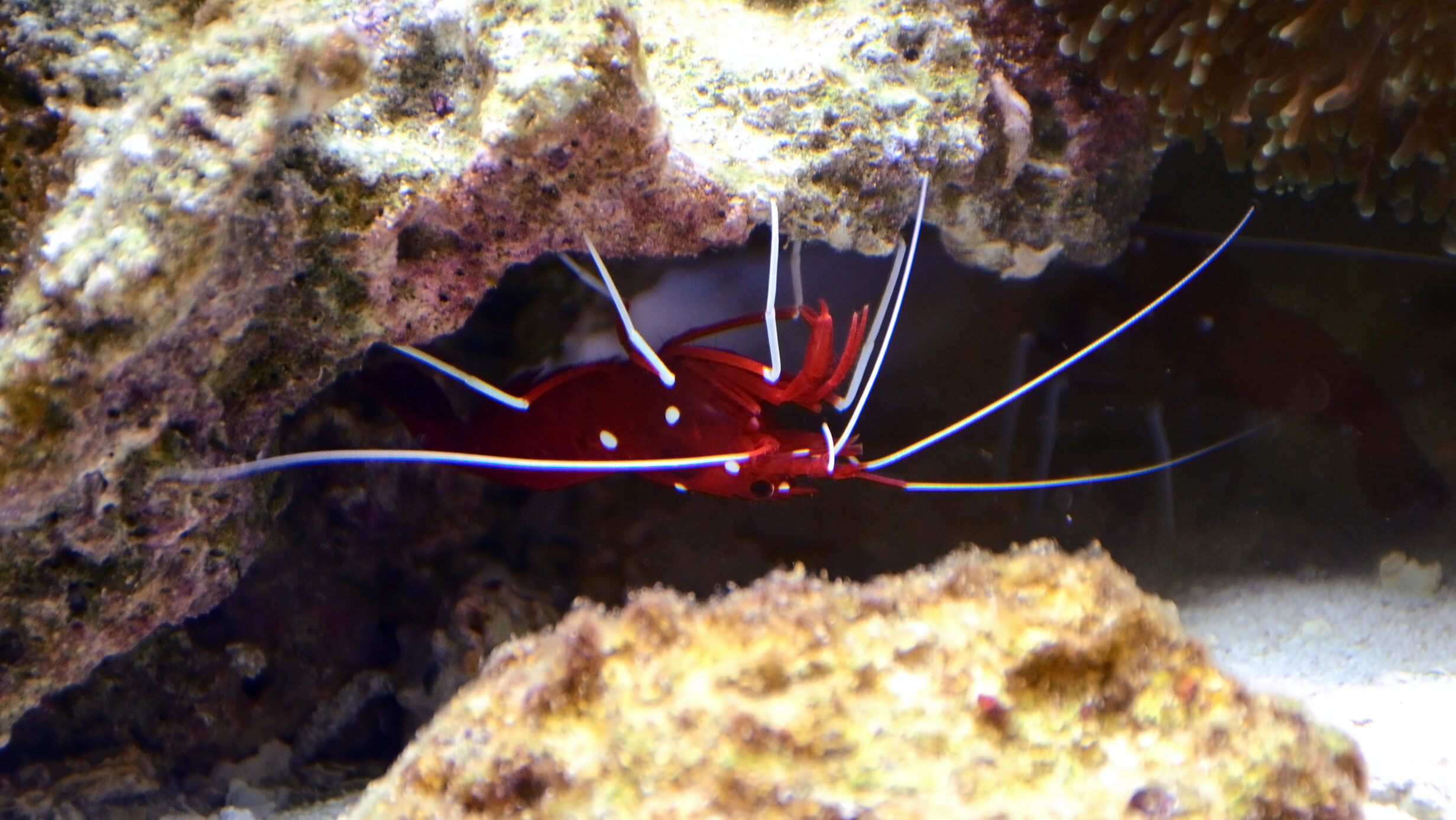
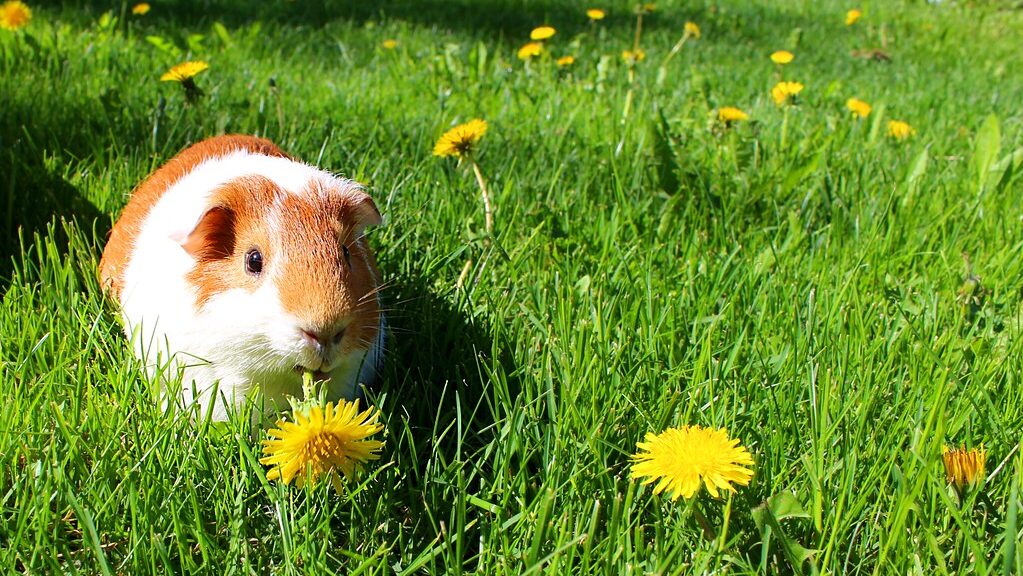
Leave a Reply